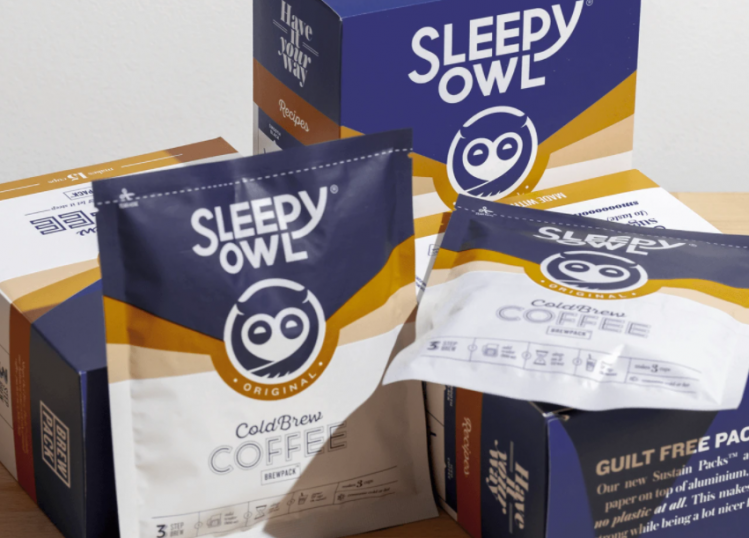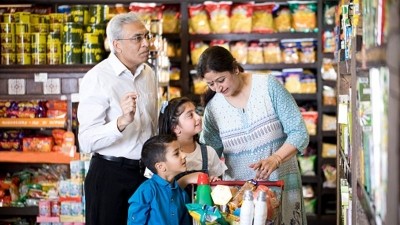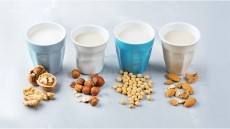Going to ground: India’s Sleepy Owl Coffee unveils latest innovations to convert tea-obsessed nation to coffee

Co-founded by Ajai Thandi, Sleepy Owl Coffee was established in 2016, pioneering the cold brew and drip coffee bag categories in India.
The firm later branched into hot brew and RTD formats, and is now catering to the evolving consumer base that wants to make its own brews.
In its five years of operations, the firm has seen many of its consumers change their preferences as they become more familiar with the category.
“What we discovered was that while we were very successful in converting people into coffee drinkers, people were now evolving in their coffee journey through Sleepy Owl Coffee,” Thandi told FoodNavigator-Asia.
“They are now exploring different types of coffees, using different equipment such as a French press or Aero press.”
This inspired the firm to develop ground coffee and coffee beans for consumers to make their own cup of coffee from scratch at home. Consumers can choose their desired grind whether its whole coffee beans, or coarse, medium or fine ground coffee.
It also recently launched ground coffee sample packs in different flavours such as vanilla and hazelnut. New flavours are currently in the works.
In line with providing convenience, Sleepy Owl Coffee recently launched a monthly subscription service for cold brew, hot brew and RTD products.
“Subscription is a big part of our push to grow our business because coffee is a part of daily routine in coffee users. Subscription makes it very convenient for the customers,” Thandi said.
D2C strategy
The company says has since served more than two million households in India so far.
About 70% of its business is D2C via its website, and the rest via supermarkets, airlines, and offices in Delhi and Mumbai.
Thandi pointed out that D2C will continue to be its focus, “because it allows us to connect and speak directly to our customers, learn from them and develop great products.”
Claiming to be the pioneers in the home-brewing coffee industry in India, Thandi said Sleepy Owl Coffee’s journey so far has inspired a lot of companies to come on board and try to replicate its products.
“This is good for the industry because we are all on a mission to make more Indians drink coffee so more companies and products means more coffees drinkers.”
It hopes to expand to more cities in India at the end of this year.
The company is also open to export opportunities with distributor partners, and is eyeing the Middle East and South East Asian markets.
“These are markets where coffee is a big part of daily life, our brand positioning towards Gen Z and millennials and convenience works very well with those markets,” Thandi added.
Not your average cup of joe
Banking on innovation and convenience, Sleepy Owl Coffee hopes to bring more awareness to the coffee industry.
“Coffee is a complicated beverage, it requires a lot of education about the beans, roasting, grinding, and consumption. Most people get confused, scared and move away from drinking coffee altogether,” Thandi said.
“India is predominately a tea country, and so we are on a mission to make Indians drink more coffee.”
The company sources its Arabica beans directly from farmers in South India.
It packages the coffee in a paper and aluminium material, instead of the plastic commonly used in food-grade materials. The packaging is recyclable and just as robust as plastic.






















